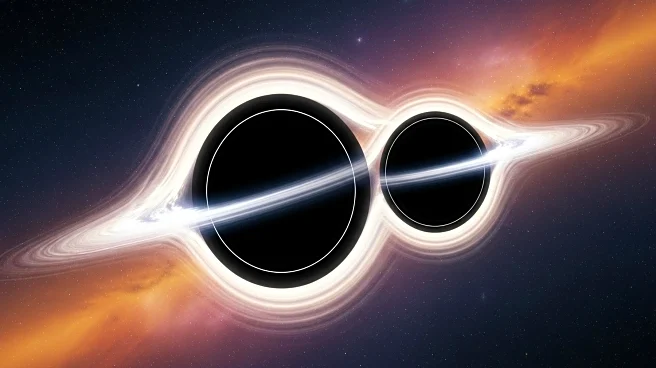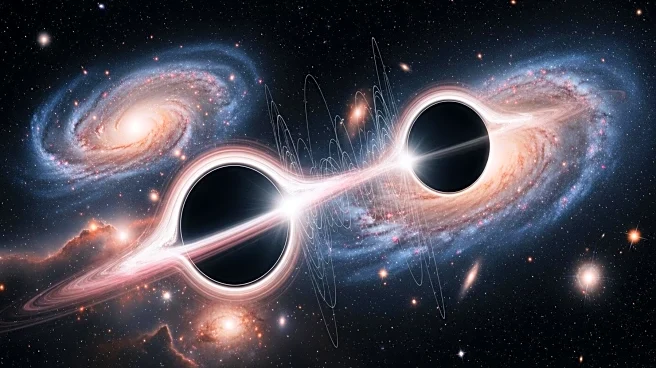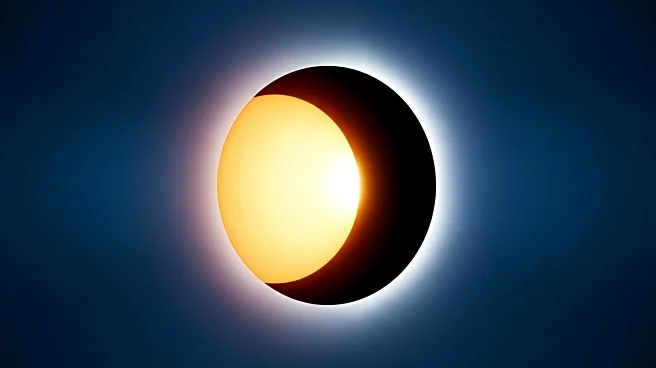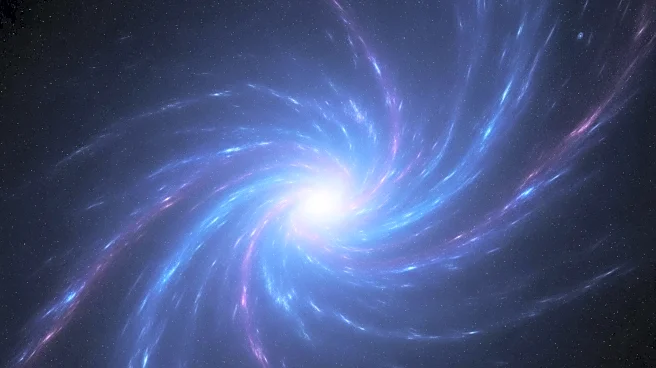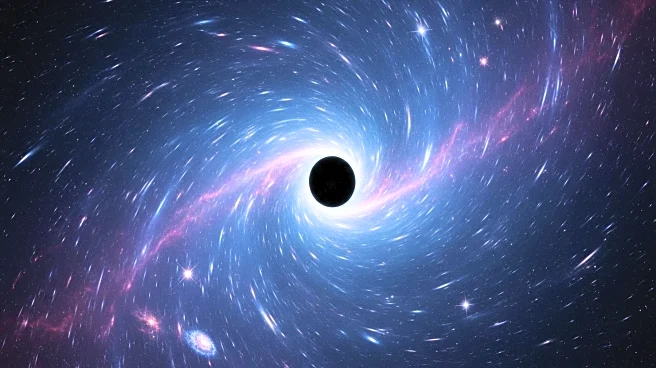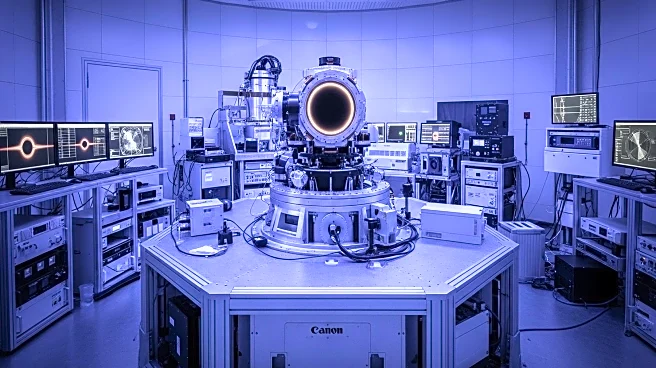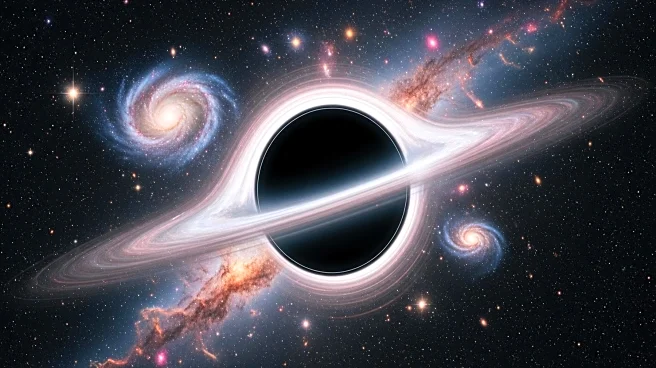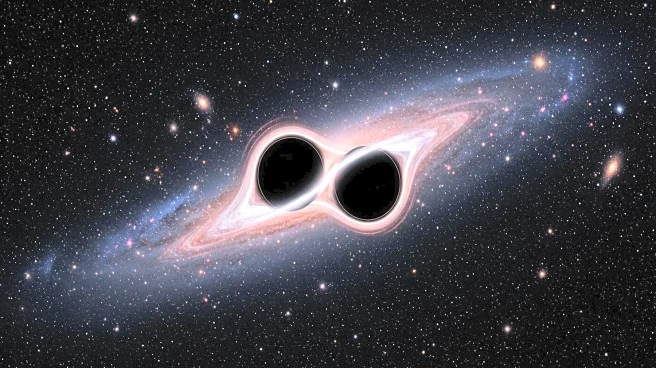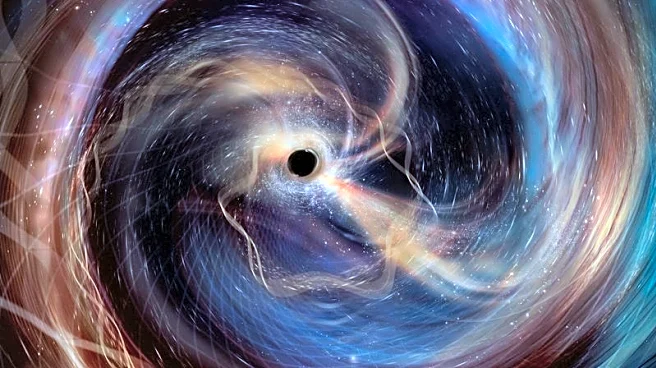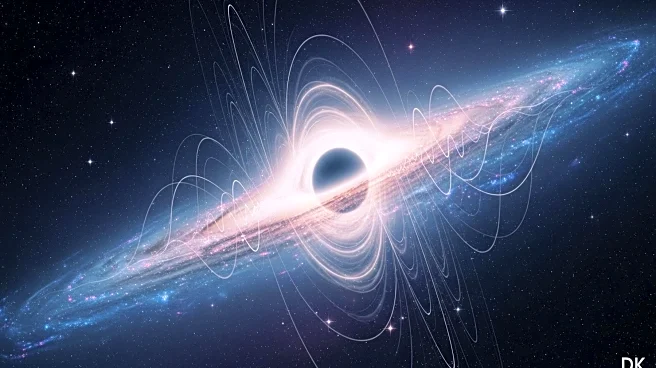What's Happening?
Gravitational wave research has made significant strides since the first direct detection by LIGO in 2015. The network of gravitational wave interferometers, including LIGO, Virgo, and KAGRA, has reported over 200 signals, primarily from binary black hole mergers. Recent observations include GW231123, a merger of the most massive black holes observed to date, and GW230529, likely a neutron star-black hole merger. These findings are expanding the field of multi-messenger astronomy. Additionally, the construction of LIGO-India has been approved, promising to enhance global gravitational wave detection capabilities.
Why It's Important?
The continued detection of gravitational waves is crucial for understanding the universe's most violent events, such as black hole and neutron star mergers. These observations provide insights into the fundamental nature of gravity and the behavior of matter under extreme conditions. The expansion of the gravitational wave detection network, including the upcoming LIGO-India, will improve the localization of wave sources, enhancing the ability to study these phenomena. This progress supports the development of multi-messenger astronomy, which combines gravitational wave data with electromagnetic observations, offering a more comprehensive view of cosmic events.
What's Next?
The gravitational wave research community anticipates further discoveries as new data is analyzed and additional detectors come online. The construction of LIGO-India and proposed projects like the Cosmic Explorer and Einstein Telescope will expand detection capabilities. Researchers are also working on combining data from pulsar timing arrays to detect signals in the nHz range, which could reveal a stochastic gravitational wave background. These advancements will likely lead to new insights into the universe's structure and evolution, potentially uncovering previously unknown cosmic phenomena.
